POSTDOC AT THE UNIVERSITY OF CHICAGO GSB

The University of Chicago Graduate School of Business, Center for Decision Research anticipates hiring a Postdoctoral Fellow for a period of one to two years, with a starting date of August 2006. The Postdoctoral Fellow will serve as the lab manager of the Graduate School of Business’s Decision Research Laboratory, and will coordinate laboratory research projects for the faculty and PhD students. We anticipate that the lab manager will be a half-time position. Depending on qualifications and interests, the position may also offer teaching responsibilities. Salary will be competitive.
The Center for Decision Research at University of Chicago includes a group of researchers interested in the study of judgment and decision making, social psychology, marketing, organizational behavior, and behavioral and experimental economics (Nicholas Epley, Ayelet Fishbach, Linda Ginzel, Uri Gneezy, Reid Hastie, Chistopher Hsee, Joshua Klayman, Aparna Labroo, Ann McGill, Tanya Menon, Suresh Ramanathan, Richard Thaler, Bernd Wittenbrink, and George Wu). The group runs weekly workshop and brownbag seminars. More information on the group and our activities is available at: www.chicagocdr.org.
This position is open to candidates who have recently earned their Ph.D., or who are expecting their degree in 2006, in any area of psychology, organizational behavior, or marketing. Familiarity with methods of experimentation is important. In particular, experience in conducting computer, web-based, and interpersonal interaction-based experiments is desirable.
Applicants should submit a curriculum vitae, two letters of recommendation, and a cover letter describing their research interests. Applicants may also wish to detail experience relevant to the lab manager duties. Selection will be based largely on the applicant’s ability to work collaboratively on research with one or more of the Center for Decision Research faculty members. The applicant should indicate one or two faculty members with whom they would be most interested in working (see www.chicagocdr.org for a list of the faculty and links to their homepages).
Review of applications will commence on March 15, 2006 and will continue until the position is filled.
Applications should be sent to
Professor George Wu
Graduate School of Business
University of Chicago
5807 S. Woodlawn Avenue
Chicago, IL 60637
wu at gsb dot uchicago dot edu
(773) 834-0519
Applicants are encouraged to apply via electronic mail.
Questions concerning the position can be addressed by electronic mail to George Wu: wu at gsb dot uchicago dot edu
The University of Chicago is an Affirmative Action, Equal Opportunity Employer.
DSN is a proud alumni of the U of C.
Filed in
Conferences
 Subscribe
Subscribe to Decision Science News by Email (one email per week, easy unsubscribe)
RISK ANALYSIS 2006
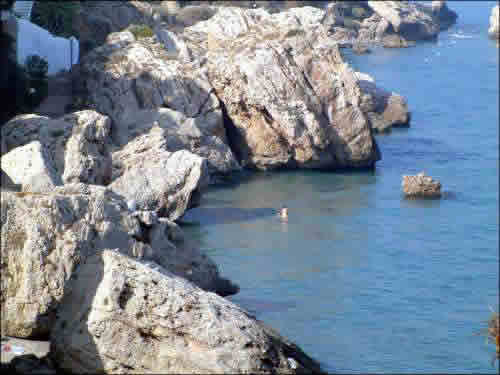
Risk Analysis 2006 will be held 19 – 21 June 2006 in Malta, Spain. Risk Analysis 2006 is the fifth in this popular conference series on “Computer Simulation in Risk Analysis and Hazard Mitigation”. Covering a series of important topics, which are of current research interest and have practical applications, the conference is concerned with all aspects of risk analysis and hazard mitigation, ranging from specific assessment of risk to mitigation associated with both natural and anthropogenic hazards.
The analysis and management of risk and the mitigation of hazards is of fundamental importance to planners and researchers around the world. We live in an increasingly complex society with the potential for disasters on a worldwide scale. The advances in computational methods and the ability to model systems more precisely now enable hazards to be quantified, their effects to be simulated and risk analysis to be pursued with greater accuracy, providing far more effective risk management. These developments are not only important for all areas of human endeavor but have particular relevance to environmental issues where the risks involved are increasingly seen as substantial. Effective risk management and the mitigation of possible hazards have become a high priority of government and public concern.
Risk 2006 follows on from the other successful meetings in this series, which first started in Valencia, Spain (1998) and continued in Bologna, Italy (2000), Sintra, Portugal (2002) and most recently in Rhodes, Greece (2004).
Who Should Attend?
Engineers and managers involved in the development of simulated risk analysis as well as researchers in academia and industry who are concerned with these problems. The meeting acts as an interdisciplinary forum for the discussion of problems of common interest.
Topics:
Methodology
– Risk mitigation
– Estimation of risk
– Hazard prevention, management and control
– Data collection and analysis
– Information society technologies in risk
Specific Issues
– Man-made risk
– Seismic hazard
– Marine and maritime risk
– Landslides and slope movements
– Floods and droughts
– Soil, water and air contamination
– Health issues
– Policy and decision making
– Risk and sustainability
Operational issues
– Energy response
– Risk communication
– Risk perception
More at the Risk Analysis 2006 Homepage
THE EFFECT OF BRAND RECOGNITION ON HOW WE BUY
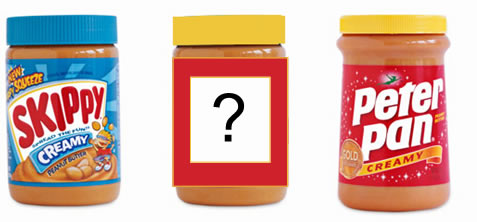
The recognition heuristic makes a prediction that in specific domains, recognized (previously-encountered) items will be chosen over unrecognzied (completely novel) items. Wayne D. Hoyer and Steven P. Brown ran studies in 1990 to see to what degree brand recognition affected consumer choice.
They found two brands of peanut butter, one which was rated as being significantly higher quality in a pre-test. Without knowing which peanut butter was which, people could identify the higher-quality peanut butter from a set of 3 samples 59% of the time. Just guessing would lead to 33% correct, so it seems people can taste the difference.
With another group, the experimenters then put labels on the peanut butters. Two were brands the participants had never heard of before, and one was a nationally recognized brand. Sometimes the scientists put the higher quality peanut butter in one of the unrecognized-brand jars. In this situation, would people still be able to identify the best tasting peanut butter 59% of the time?
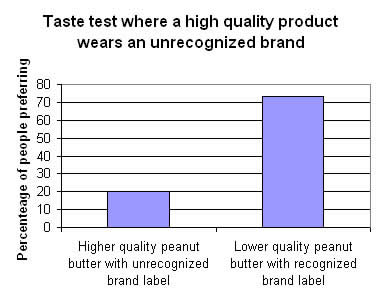
No. They chose the highest-quality product 20% of the time when it was labelled as an unrecognized brand. They preferred the one labelled as the recognized brand 73% of the time, despite it being lower quality. Recognition can be more influential than taste perception.
In their next genius manipulation, they gave people the exact same peanut butter in 3 different jars, two with unrecognzied brand labels and one with a recognized brand label. Which did people prefer?
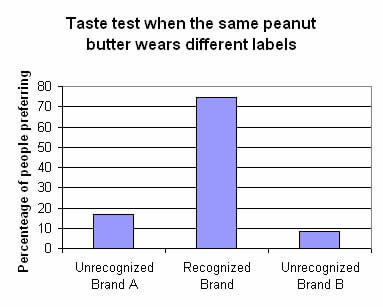
75% chose the recognized brand despite it being the same as the other two jars. Amazing.
About the authors:
Wayne D. Hoyer
Steven P. Brown
Reference:
Hoyer, W. D., & Brown, S. P. (1990). Effects of Brand Awareness on Choice for a Common, Repeat-Purchase Product. Journal of Consumer Research, 17(2), 141-48.
COLLABORATIVE DECISION RESEARCH WITH WIKIS


DSN has talked and worked with several labs that use Wikis and Blogs to organize lab research. Instead of emailing files to one another, lab members can simply post them to a lab wiki. Parts of wikis and be password protected, as can blogs offered by typepad.com.
Free online wikis that need no installation are offered by PBwiki and jot.com.
INTERUNIVERSITY DECISION BEHAVIOR TEACHING REPOSITORY

The Interuniversity Decision Behavior Teaching Repository is a harbor for materials on teaching decision making from the world over. The project was started up by J. Frank Yates, with the help of a National Science Foundation grant. In his words:
“The future of judgment and decision making scholarship depends directly on how widely and how well the subject is taught, at the undergraduate, graduate, and professional levels.
The Repository is intended to be a living storehouse of materials useful to anyone who is interested in teaching decision behavior topics in a dedicated course (e.g., Decision Processes) or within more general courses (e.g., Introduction to Political Science, Finance, Operations Management, Interpersonal Relationships, Clinical Diagnosis).”
Decision researchers are urged to use the resources already in the Repository and to contribute their own: syllabi, exercises, readings, demonstrations, commentaries, assignments, and beyond.
DSN will keep its eyes on the repository and hopes to find much to promote there.
35TH EUROPEAN MARKETING ACADEMY CONFERENCE IN ATHENS GREECE
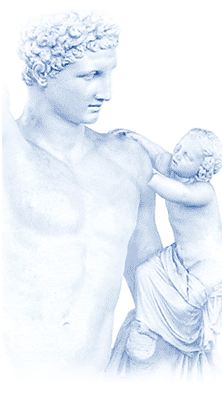
The 35th European Marketing Academy Conference will take place in Athens, Greece from May 23rd to May 26th, 2006. The self-described aim of the conference is “to determine and interpret the conditions that are necessary for marketing leadership, while relating the findings of academic research with actionable business directions.”
Nearly 1,000 papers have been reviewed for the conference’s 20 tracks. It should be quite a show.
Registration information.
Hotel information.
NASSAU W. SENIOR
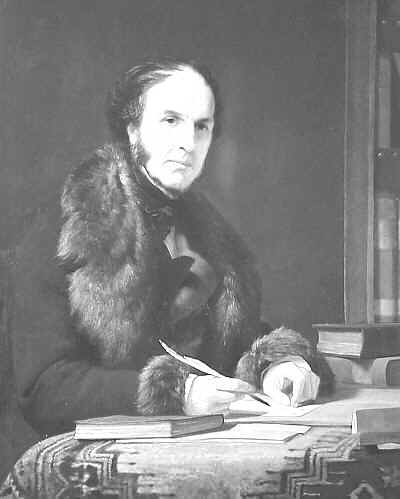
Modern decision science, economics, psychology, and marketing have made a cottage industry of intertemporal choice research. The topic has deep roots, including this quote which suggests it’s one of the most important questions there is:
“It may be said that pure abstinence, being a mere negation, cannot produce positive effects; the same remark might as well be applied to intrepidity, or even to liberty; but who ever objected to their being considered as equivalent to active agents? To abstain from the enjoyment which is in our power, or to seek distant rather than immediate results, are among the most painful exertions of the human will. It is true that such exertions are made, and indeed are frequent in every state of society, except perhaps in the very lowest, and have been made in the very lowest, for society could not otherwise have improved; but of all the means by which man can be raised in the scale of being, abstinence, as it is perhaps the most effective, is the slowest in its increase, and the least generally diffused.” – From Nassau W. Senior Political Economy.
An excellent review of articles on intertemporal choice can be found in G. Lowenstein, D. Read & R. Baumeister (eds.), Time and Decision, NY: Russell Sage.
This is the 100th post of Decision Science News!
ARE DEFAULT EFFECTS CAUSED BY PUBLIC IGNORANCE?

A debate on the Becker-Posner blog includes this hunch by Posner:
One possible reason the weak default rule appears to have a significant effect is public ignorance. The probability that one’s organs will be harvested for use in transplantation must be very slight–so slight that it doesn’t pay to think much about whether one wants to participate in such a program. When the consequences of making a “correct” decision are slight, ignorance is rational, and therefore one expects default rules to have their greatest effect on behavior when people are ignorant of the rule and therefore do not try to take advantage of the opportunity to opt out of it.
A search for some insight into this hunch takes us back to the very first Decision Science News post. The massive default effects found in the real world (pictured above), do not seem to be due to ignorance. The Science article by Eric Johnson and Dan Goldstein included a simple experiment in which people were asked to decide their organ donor status upon moving to a new state that either had an opt-in or an opt-out default.
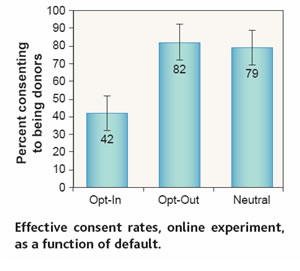
The behavior in experiment mirrored that in the real world, and cannot be explained by ignorance or laziness: every participant read the policy immediately before deciding, and the only effort needed to change from the default was a mouse click. The cause of default effects is still something of a mystery, though DSN hopes to soon report a scoop on this topic.
MOUSELAB WEB
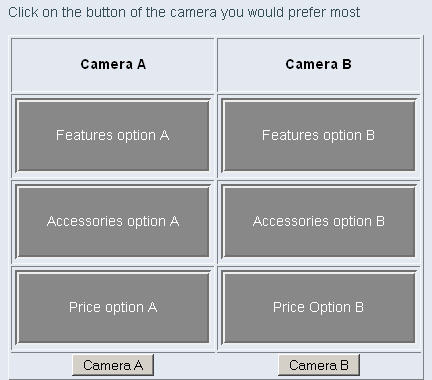
To download a video, click on the image (996Kb AVI).
Friends of DSN Eric Johnson and Martijn Willemsen have created an online version of the popular decision research tool MouseLab.
MouselabWEB is a process tracing tool that can be used to monitor the information acquisition process of decision makers on the web (and in the lab). It is derived from earlier work studying decision processes termed Mouselab (Johnson, Payne, Schkade, & Bettman, 1993).
The design philosophy behind MouselabWEB is to allow process tracing during ordinary web browsing. MouselabWEB uses technology already in the browser: dynamic HTML and Javascript. It works in all recent browsers, and therefore is operating system independent. The end user does not need to download plugins or other software and the pages are small enough to run experiments across a dialup phone connection. For the researcher, MouselabWEB offers a set of scripts to quickly setup and run experiments on the web. It uses mySQL and PHP (which is open source software supported by most hosting services) on the server side to save participant data, but can also used without this technology by using a form mailer that sends the data by email to the experimenter. Included in the package are webbased tools to create pages and manage data:
* A designer program to design pages with MouselabWEB and other questions
* A datalyser program to retrieve and replay a movie of the process data
MouselabWEB has already been used successfully to gather process data on the web, providing replications of well-known experimental results. It is open source (GNU/GPL license) and its developers encourage others to use it and help with development. For more information about MouselabWEB, visit: http://www.mouselabweb.org/
About the authors
Martijn Willemsen is assistant professor at Eindhoven University of Technology, The Netherlands. Together with Eric Johnson, he designed MouselabWEB during a one year visit as researcher at Columbia University. For more information, see his web site or send him an email.Web Page of Martijn Willemsen
Eric Johnson is professor in the Marketing division of the Columbia Business School, Columbia University, New York. For more information, see his web site or send him an email. Web Page of Eric Johnson
Filed in
Conferences
 Subscribe
Subscribe to Decision Science News by Email (one email per week, easy unsubscribe)
2006 INFORMS MARKETING SCIENCE CONFERENCE

The INFORMS Marketing Science Conference abstract deadline is February 1, 2006. Marketing Science is an annual conference that brings together the leading research scholars in marketing, and a small number of individuals from industry and government. The conference falls under the auspices of the INFORMS Society for Marketing Science (ISMS) sub-branch whose major purpose is to foster the development, dissemination, and implementation of knowledge, basic and applied research, and science and technologies that improve the understanding and practice of marketing. At the upper echelon of scholar-focused conferences in business, it is a forum where leading scholars in marketing present the results of their latest research.
The Marketing faculty of the University of Pittsburgh invites you to submit abstracts of your research papers, participate in the conference, and get a feel for the Pittsburgh community.
DSN has always been fond of Pittsburgh, PA, and the Carnegie Mellon Children’s School, of which the DSN editor is an alumnus.
2006 INFORMS Marketing Science Conference Call for papers , Download pdf
The conference runs between the afternoon of Thursday, June 8, 2006, and the evening of Saturday, June 10, 2006. While parallel sessions are planned during the day, the evenings will consist of a reception (Thursday) and an awards dinner (Friday) and a potpourri of optional activities (Saturday). The venue is the Westin Convention Center Hotel in downtown Pittsburgh. Please make reservations at the Westin as Soon as possible.
 Subscribe to Decision Science News by Email (one email per week, easy unsubscribe)
Subscribe to Decision Science News by Email (one email per week, easy unsubscribe)















